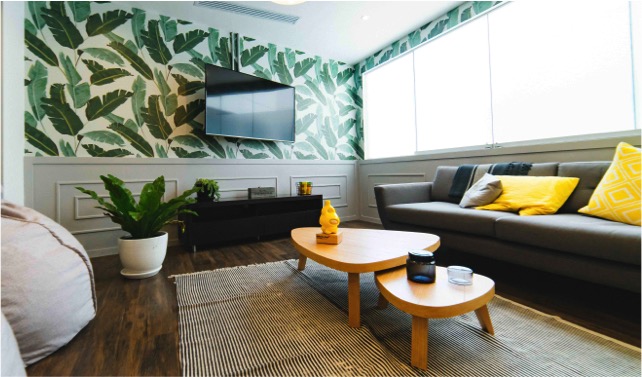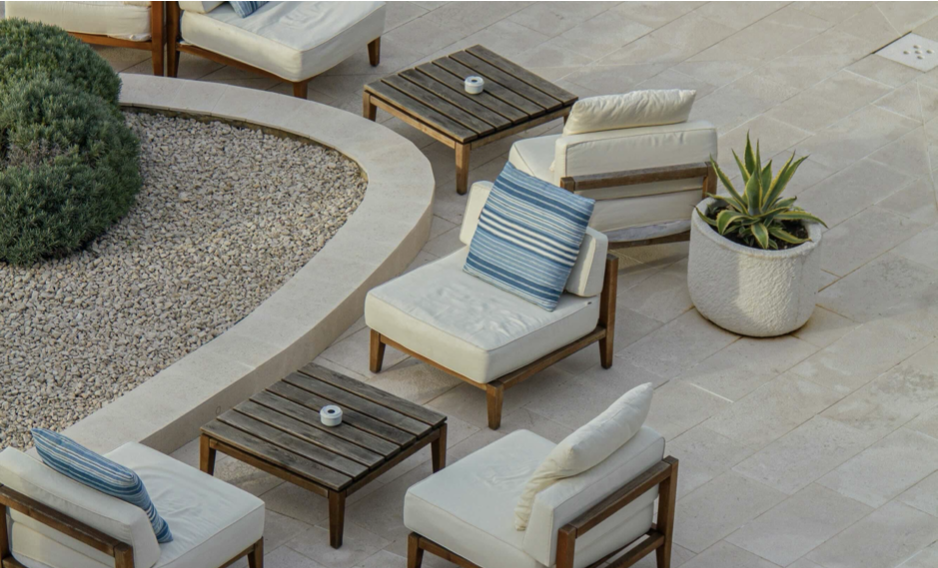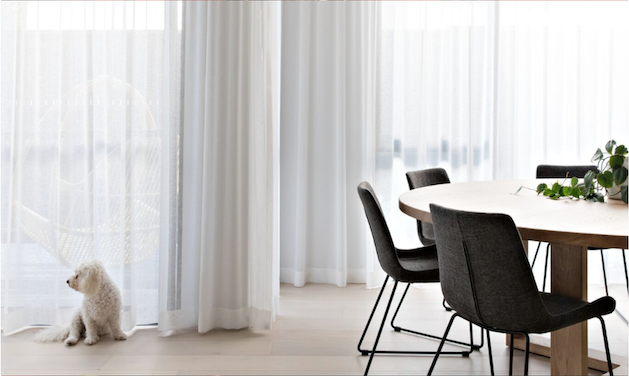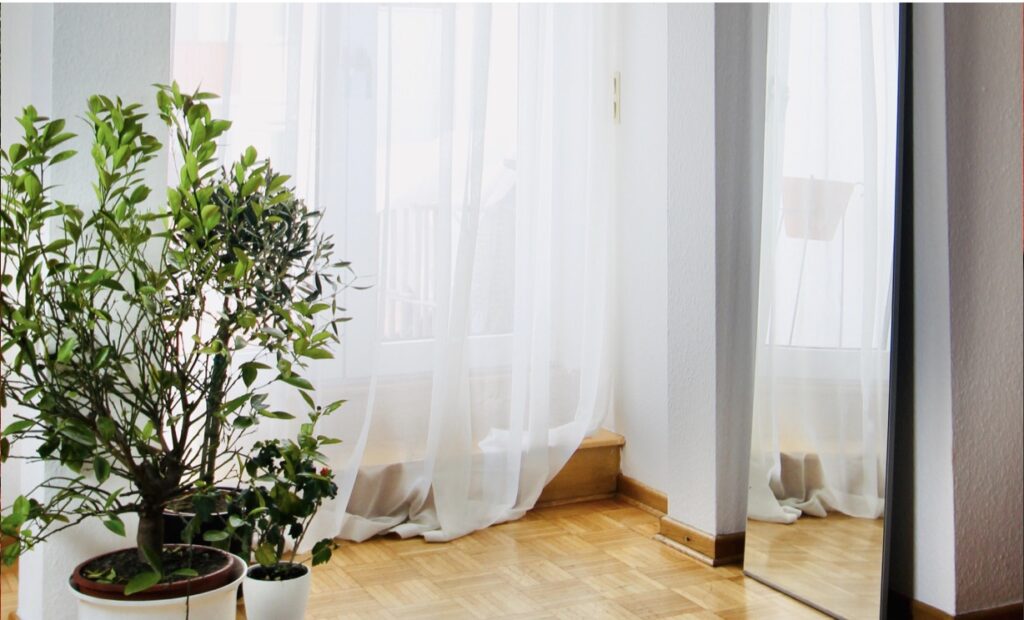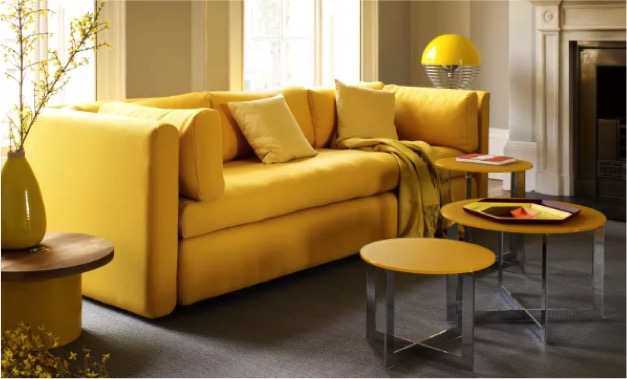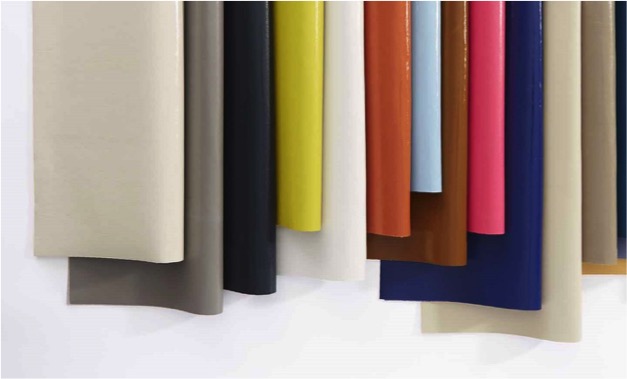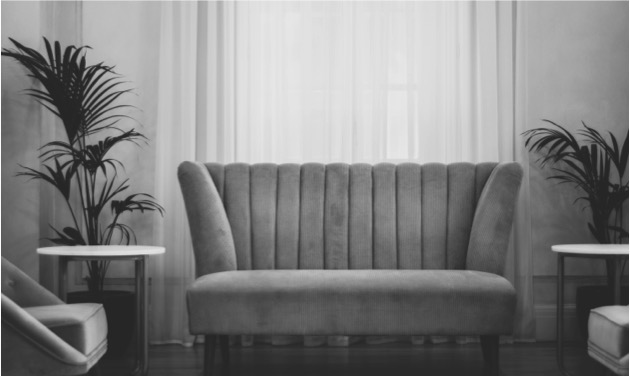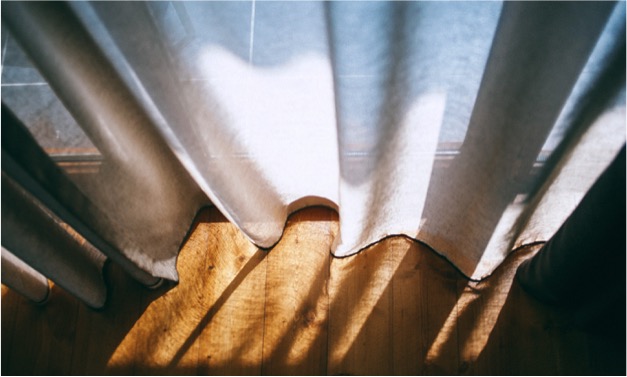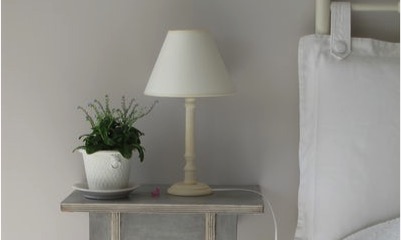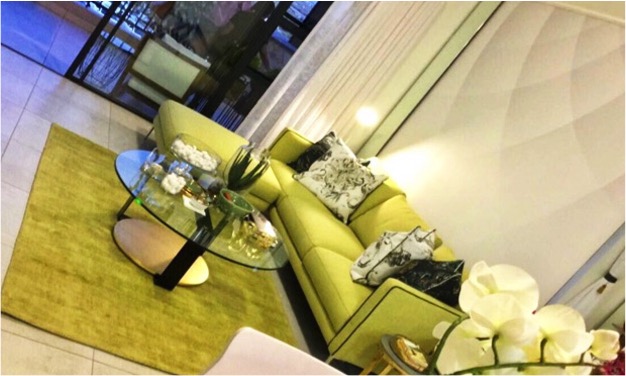Every object you encounter has a pattern, no matter how big or small. From the veins running through marble, to the grains of wood. From printed tiles, to woven textiles. Decorating with patterns is so important because of its ability to add energy to a space. Also, changes the scale of a piece of furniture. It is up to the decorator to create the impactful patterns and its relation to other materials in the space.
When decorating with patterns, you need the right combination of certain elements, such as shape, colour, scale, focal point, and size to create harmony. Each pattern that is chosen will determine how your space will feel once complete.
The following ways can help you to successfully create a space when decorating with patterns:
- Incorporate different sizes. Ensure each pattern varies in size and scale. Large patterns should be used as the main pattern. The main pattern should then be accented with smaller patterns. For instance, chevron or herringbone patterns are versatile but can be overwhelming in large quantities, so use this pattern on a small scale, like on throw pillows, window treatments, or an area rug to balance out your bigger pattern.
- Restrict your colours. To make your room feel harmonious and cohesive, use different patterns, but in similar colours. Otherwise, a space may feel overwhelming and chaotic. Using colour schemes within the same colour palette is visually pleasing, while still offering variety, allowing ones eye to wander around the room. You can still accent with bolder colours, but this should only account for 10 percent.
- Mix simple and busy patterns together. If you have an busy and loud pattern you want to splash across your living room or dining room, contrast it with a muted pattern that can wont detract from the aesthetic.
- Choose more than one. Pick three or four patterns to develop your room’s personality. Mixing patterns can provide a room with character and energy. If too few are chosen, your room will become dull, flat, and lifeless.
- Use patterns with contrast. Stick to your chosen colour palette to create balance, and use varying degrees of light and dark. Using lighter and darker shades of colours can create depth and help certain patterns stand out more, drawing the eye to certain areas of the room, creating a focal point.
- Create a visual balance. Combining patterns and colours can create an unexpected impact, but doing too much can overwhelm the room. Try to incorporate solid colours to break up the patterns. But continue using your patterns throughout the entire room, and not just regulated to one side. This may result in the room looking and feeling incomplete.
- Understand what doesn’t go. While there are a few simple rules for patterns (for example, stripes work well with floral patterns, and plaid does not work with polka dots), not all rules should be avoided or used for every room design. Many times, you may find that some patterns blend well with others based on their individual scale and colour, as well as application.
With every room design, your eye dictates the end result. the size of the room, and its natural light. The size of a room, natural light and scale influence how you need to use patterns together. Sometimes this is by trial and error. Even the most seasoned interior designer can hit a stumbling block if a space is tricky to deal with.
The Fabric Fox offers the ability to order samples off the website online, before purchasing. Safe, and convenient, it really is becoming the new way to purchase fabric.

